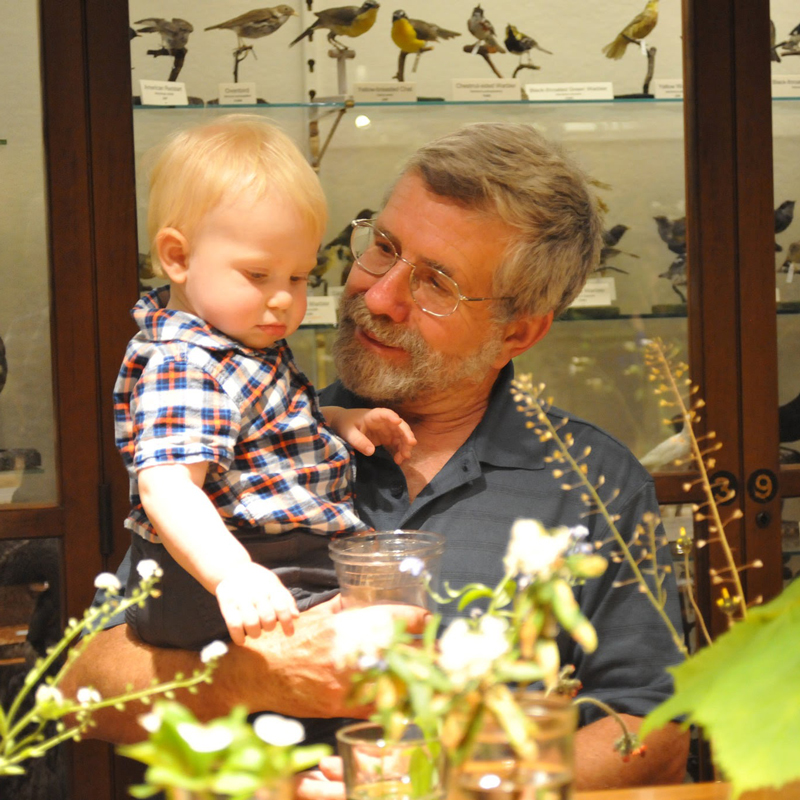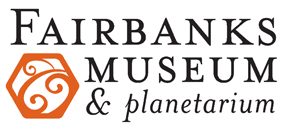
Wildflower Table
Our Wildflower Table is a living display that reflects the diversity of flowers, grasses, berries, ferns and evergreens found in Vermont’s Northeast Kingdom and the northern reaches of the upper Connecticut River Watershed.
Thanks to a grant from the Stockman Family Foundation, this century-old display and the meticulous records kept by generations of flower collectors has a fresh look. We’ve partnered with experts Dr. Richard Primack at Boston University and Amanda Gallinat from Colby College to digitize the first bloom dates and analyze how these plants are affected by changes in temperature.
The results are fascinating!
Weather records reveal that over time, St. Johnsbury temperatures are warming. From 1900 to 2020, average temperatures increased by over 3 degrees Fahrenheit, with 9 of the 10 warmest years occurring in the past 20 years. Average annual precipitation has increased 5 inches over the same 120 year period. Changes in temperature and precipitation can have significant impacts in the ecology of plants and animals.
The Museum’s bloom date records reveal a clear trend in spring-blooming wildflowers: earlier warmth leads to earlier growth and blooming. Fifty-seven out of 60 spring blooming species (95%) are responding to spring temperatures by blooming significantly earlier in warmer years. While plants are responding to warming temperatures by shifting when they bloom, migratory birds are not consistently shifting their migration timing. Birds that overwinter far away are timing their seasonal journey north to nest using other cues from their distant overwintering grounds. This means some migratory birds may be out of sync with their food sources.
We’re just beginning to understand the wider implications of these findings, grateful for the many decades of committed volunteers and Museum staff who have maintained records of first blooms and bird migration.
This exhibit has been part of the Museum since 1903, when a simple arrangement of vases with wildflowers in bloom set out by Museum staff. With time, the Wildflower Table has grown to include some 400 species displayed throughout the year, in both fruit and flowering stages.
Since its earliest days, the Museum’s wildflower collection practices have depended on dedicated and trained team of staff and volunteers who collect and catalogue the specimens twice a week. A logbook contains over a century of entries that document the first local bloom date for each species of plant.
The seasonal cycle begins in late winter with early blooming Pussy Willow and continues through December with winter evergreens. Annual entries record some dwindling species, such as club mosses, Partridge Berry, some spring wildflowers, and many orchids. Other plant varieties have been introduced to the area that were not present a century ago, such as Purple Loosestrife or Bird’s-foot trefoil. Some non-native plants such as Chicory reflect the flow of European migrants to New England. One such plant, the Red Clover (Trifolium pratense), is now such an accepted wild plant in Vermont that is has become Vermont’s official State Flower.
What’s blooming?
This Wildflower Gallery is a collection of first blooms, identified with location and date and any other details we can gather. You can build a virtual bouquet with images from your wanderings. Post your pictures with as much information to identify them as you can, including the date, habitat (roadside, meadow, wetland, forest) and any other details you’d like to include to our Virtual Flower Table on Facebook.
